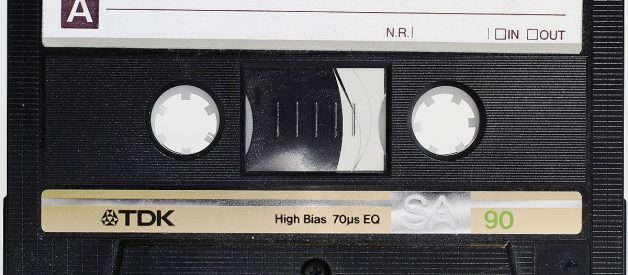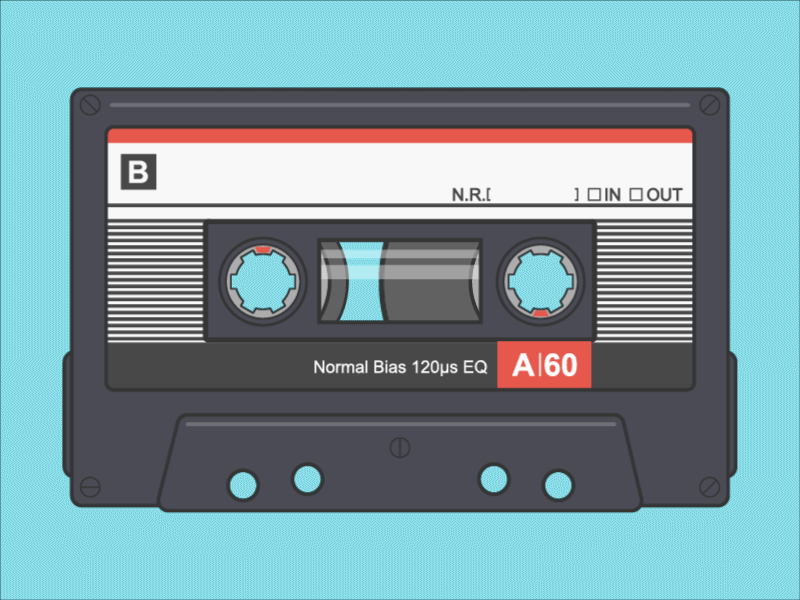 Animated Gif by: Sailesh Gunasekaran
Animated Gif by: Sailesh Gunasekaran
How It Began
The compact cassette (aka. cassette tape) was originally developed and released by Philips in 1962 in Hasselt, Belgium as an attempt to develop a new standard in audio storage. This replaced reel-to-reel recorders that were inefficient and expensive to use. By inventing the cassette tape, it allowed anyone to make recordings without high technical skills that were needed for the reel-to-reel.

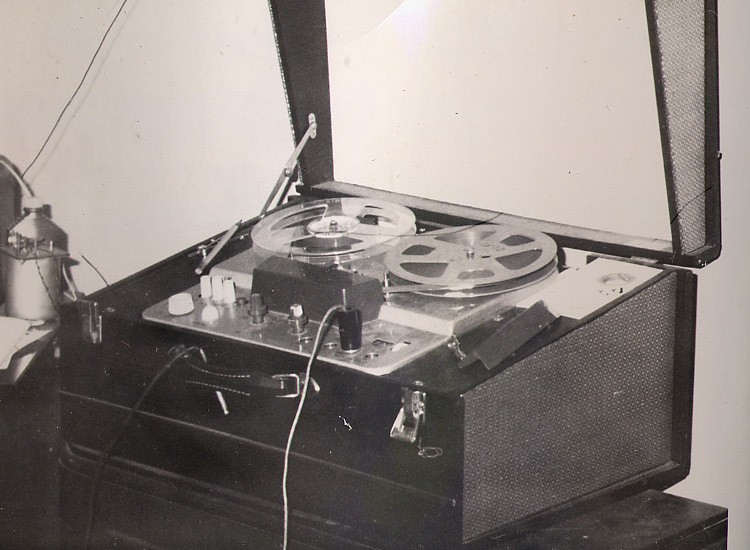 Left: A Compact Cassette (Cassette tape), from Wikipedia // Right: A typical home reel-to-reel tape recorder, from Wikipedia
Left: A Compact Cassette (Cassette tape), from Wikipedia // Right: A typical home reel-to-reel tape recorder, from Wikipedia
Era of Mass Adoption
Although Philips was in competition at the time with other companies, facing pressure from Sony, the decision to license the invention for free allowed it to emerge as a leader. Soon, cassette tapes were mass produced everywhere in Hanover, Germany the following year. In late 1965, the cassette tapes had pre-recorded content called musicassettes (M.C. for short) and became mainstream in the U.S in 1966. By 1968, over 2.4 million players had been sold.
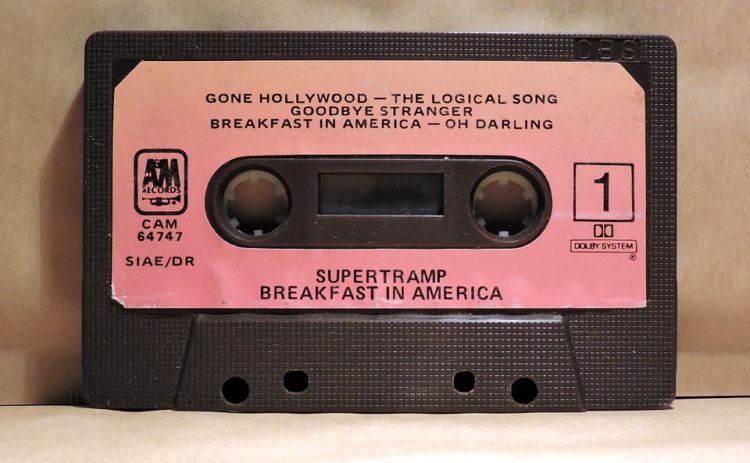 A Musicassette, Image Source: Pinguino
A Musicassette, Image Source: Pinguino
So Why Was It So Popular?
On its initial release, the cassette tape was chunky and had low sound quality. Its purpose was for recording voices and dictation, but it soon took a turn for the better. The technology improved very quickly and soon it became the go-to method for recording because of its high quality and features such as noise reduction and the development of new tape formats. This growth of technology adaption was aided by Sony?s Walkman that made music portable for the average person for the first time. Pocket recorders were also invented around the time, where you could record anything by pressing a button in the recorder.
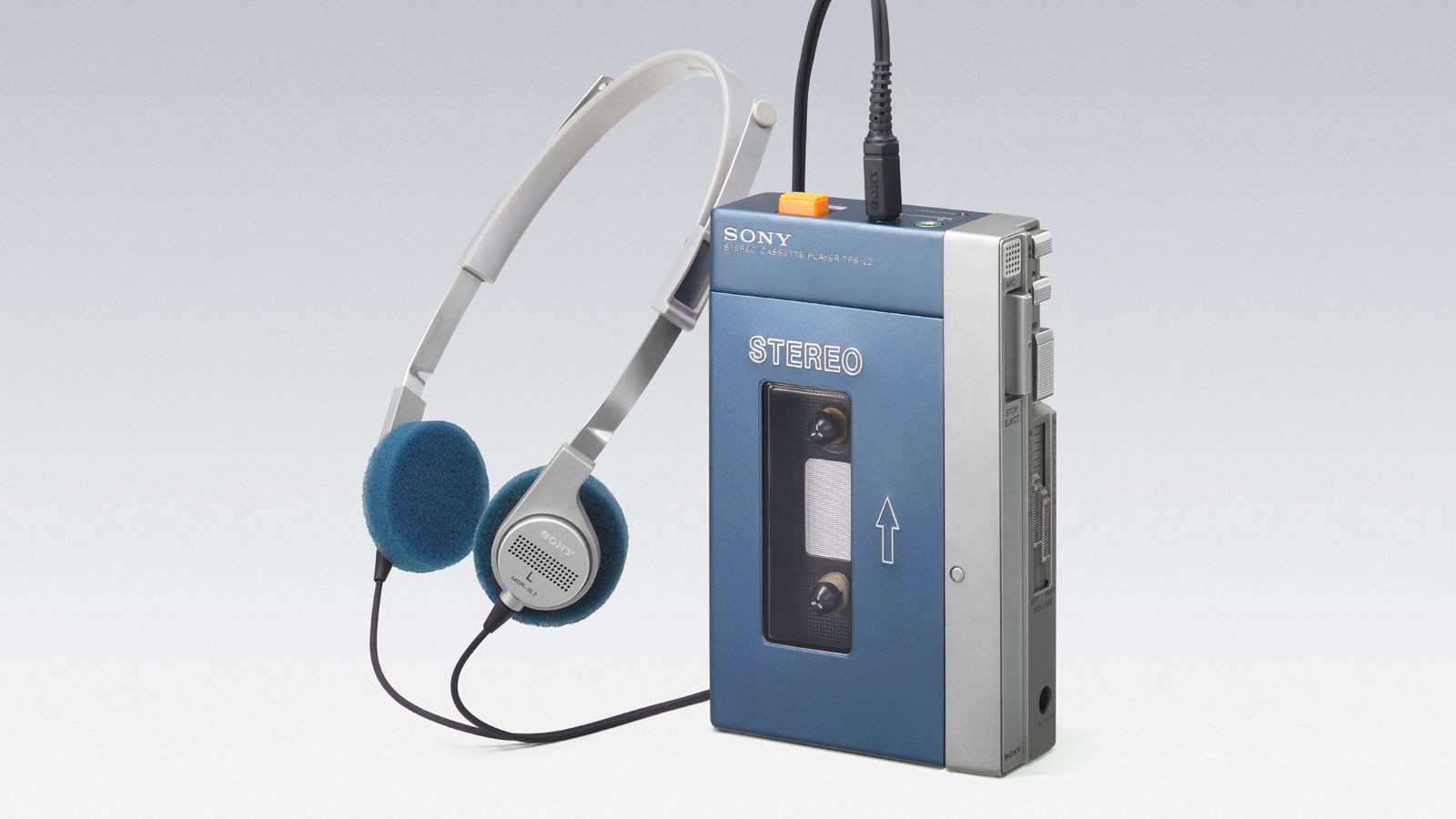 The Sony Walkman, from The Verge
The Sony Walkman, from The Verge
What Goes Up Must Go Down?(The Fall)
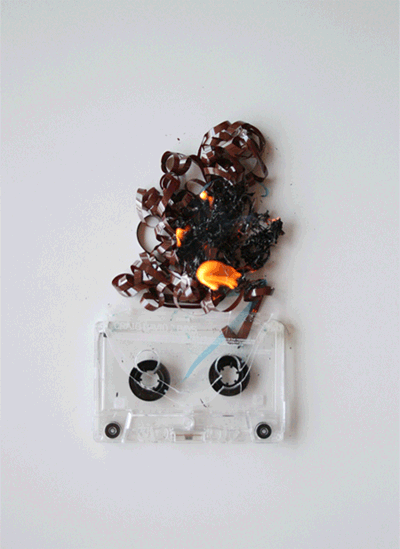 Cassette tape on Fire, Image Source: We Heart It
Cassette tape on Fire, Image Source: We Heart It
The cassette tape peaked in popularity by the late 1980s, where the market had drastically dropped in both Europe and North America. This was due to a new technology called compact discs (CDs for short) that became popular in the 1990s. By 2001, cassettes had pretty much dropped out for the race as its market share was less than 5%. The following year, U.S music companies had stopped producing them. What is interesting is that blank cassette tapes are still being made and sold today.
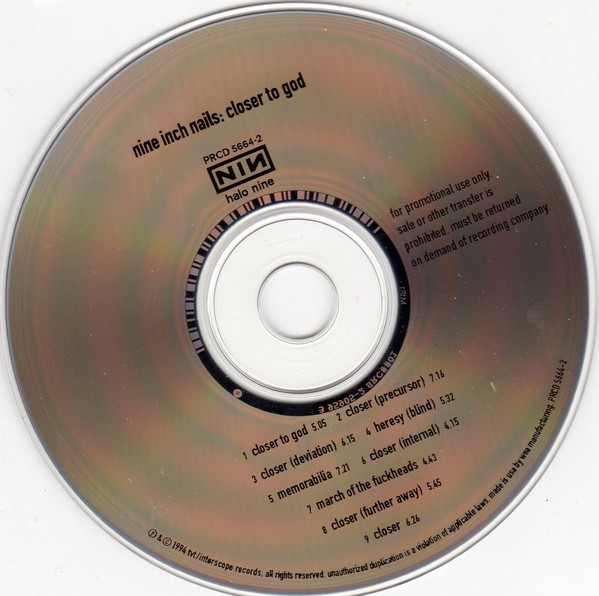 A Compact Disk (CD) ? Image Source: Discogs
A Compact Disk (CD) ? Image Source: Discogs
So What Happened? Why Did It Stop Being Successful?
Although cassette tapes were a revolutionary way of recording/playing music, CDs were better because:
- Better data storage capability
- Greater ability in humid conditions
- Higher bandwidth capabilities
- Greater audio quality
- Much cheaper to produce
- Longer longevity overall
Fast Forward to the Present and Future
 Image Source: Odyssey
Image Source: Odyssey
Like all technology, what seemed amazing became obsolete quickly. Even in the modern era, technological advancements continue to push the envelope for higher standards, especially on an exponential scale. It?s actually mindblowing to imagine that at some point, cassette tapes were the golden standard, and now in the 2010?2020s, we have the ability to stream audio and listen to our favourite songs over the Internet anywhere, anytime through web and mobile applications. Can you imagine what advancements we?ll make by 2030 and 2040?
Here?s a quote that sums up our achievements in music + technology.
The history of the music industry is inevitably also the story of the development of technology. From the player piano to the vinyl disc, from reel-to-reel tape to the cassette, from the CD to the digital download, these formats and devices changed not only the way music was consumed, but the very way artists created it. ? Edgar Bronfman, Jr.
Their reactions are hilarious, just check it out. Video Source: Youtube
